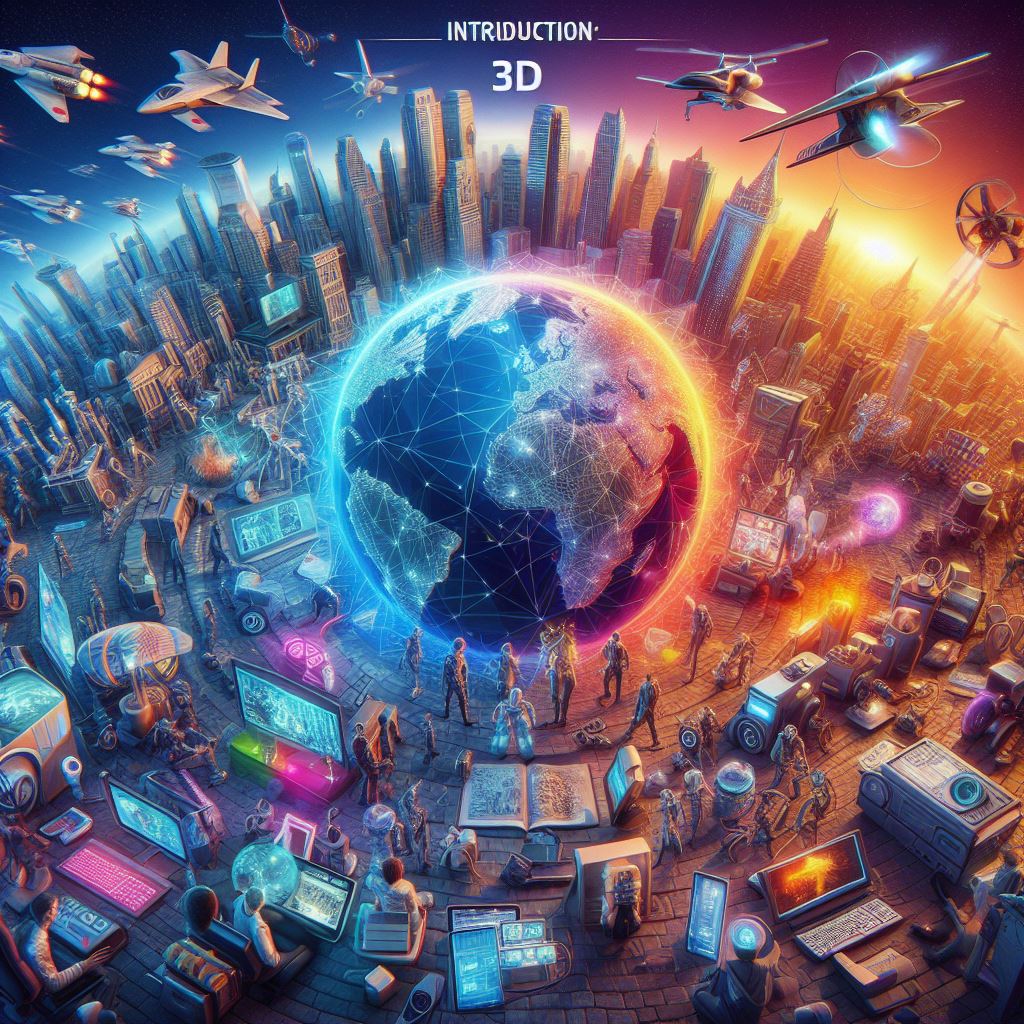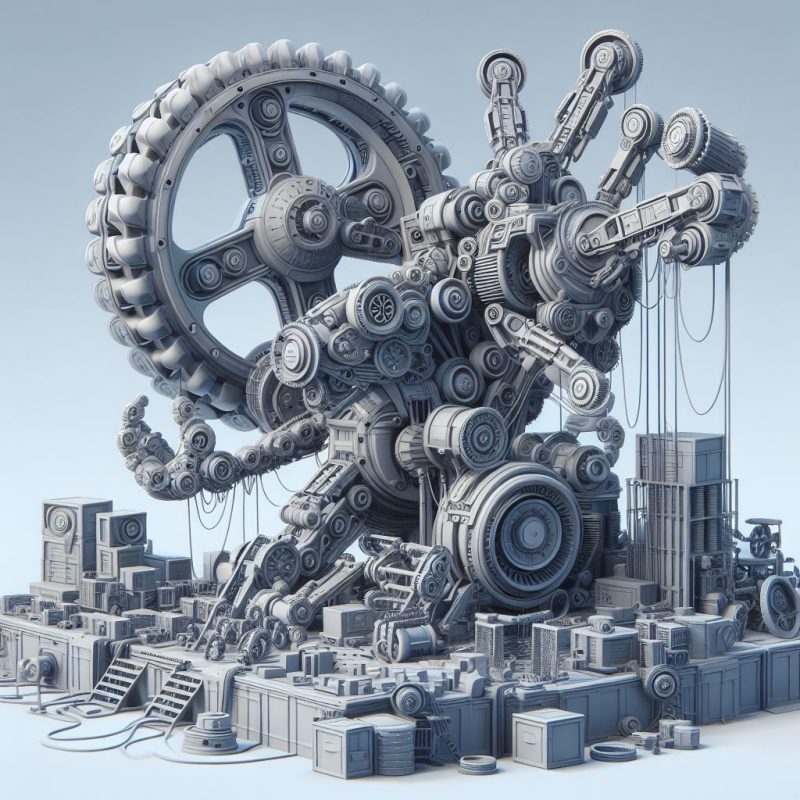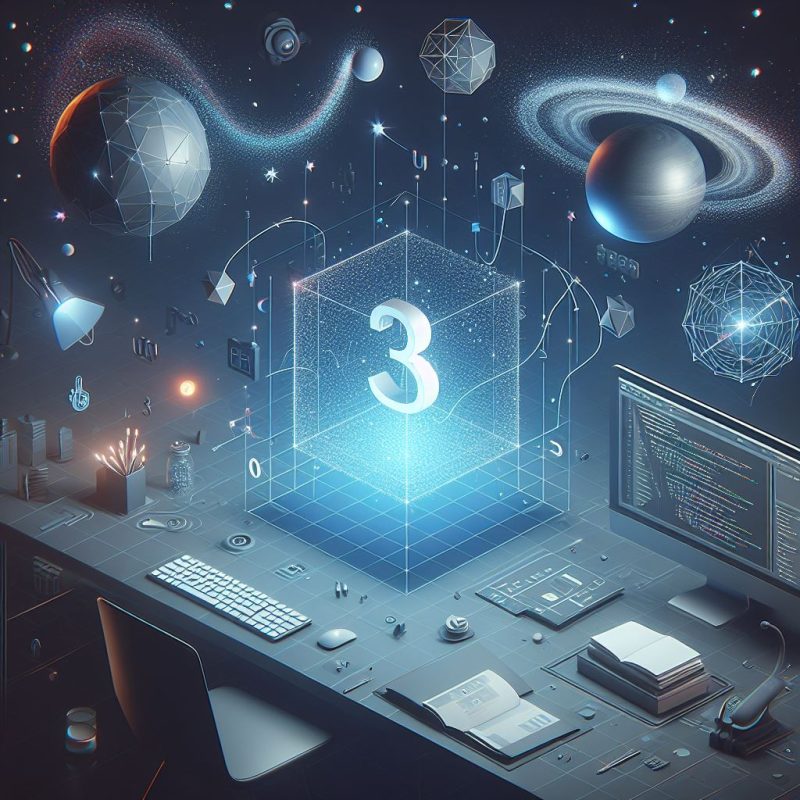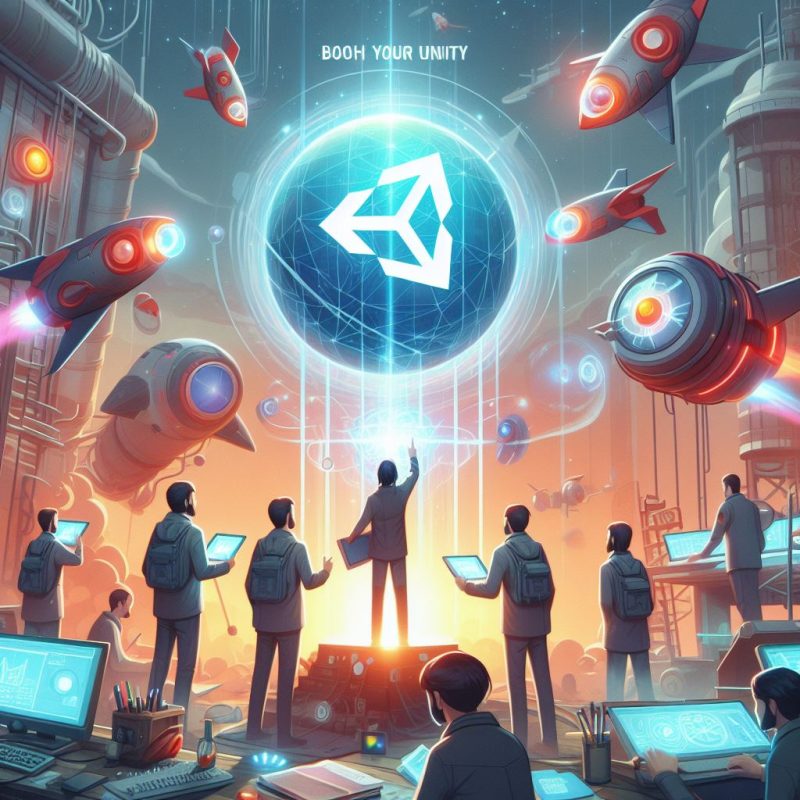Introduction: In recent years, the realm of three-dimensional (3D) technology has expanded exponentially, revolutionizing various industries and captivating audiences worldwide. From immersive gaming experiences to groundbreaking medical advancements, 3D technology continues to push the boundaries of innovation. In this article, we embark on a journey to explore the fascinating world of 3D, delving into its origins, applications, and future prospects.
Origins of 3D Technology: The concept of 3D technology traces back to the early 19th century, with the invention of stereoscopic devices that simulated depth perception. However, it wasn’t until the latter half of the 20th century that significant advancements were made in the field of 3D imaging and visualization. Pioneering efforts in cinematography, such as the introduction of stereoscopic films, laid the groundwork for modern 3D technology.
Evolution of 3D Applications: Over the decades, 3D technology has evolved from a novelty to a ubiquitous presence in various domains. In the entertainment industry, 3D films and virtual reality (VR) experiences offer audiences unprecedented levels of immersion and engagement. Similarly, the gaming sector has witnessed a paradigm shift with the widespread adoption of 3D graphics and interactive gameplay.
Practical Applications of 3D: Beyond entertainment, 3D technology finds extensive applications in fields such as architecture, engineering, and healthcare. Architectural firms leverage 3D modeling and rendering software to visualize building designs and communicate concepts effectively. In engineering, computer-aided design (CAD) tools facilitate the development of complex machinery and structures with unparalleled precision. Moreover, medical professionals utilize 3D imaging techniques for diagnostic purposes, surgical planning, and patient education.
Emerging Trends and Future Outlook: Looking ahead, the future of 3D technology appears promising, with ongoing advancements in areas such as augmented reality (AR), additive manufacturing, and volumetric displays. AR technologies, integrated into smartphones and wearable devices, offer users immersive overlays of digital content onto the real world. Additive manufacturing, commonly known as 3D printing, continues to revolutionize manufacturing processes by enabling rapid prototyping and customized production. Furthermore, the development of volumetric displays holds the potential to create lifelike holographic projections, transforming the way we interact with digital content.
Conclusion: In conclusion, the realm of 3D technology encompasses a vast landscape of innovation and creativity, spanning diverse industries and applications. From its humble beginnings to its current state of ubiquity, 3D technology continues to captivate and inspire individuals worldwide. As we venture into the future, the boundless potential of 3D technology promises to reshape our world in ways we’ve only begun to imagine.







 Doing tasks
Doing tasks











